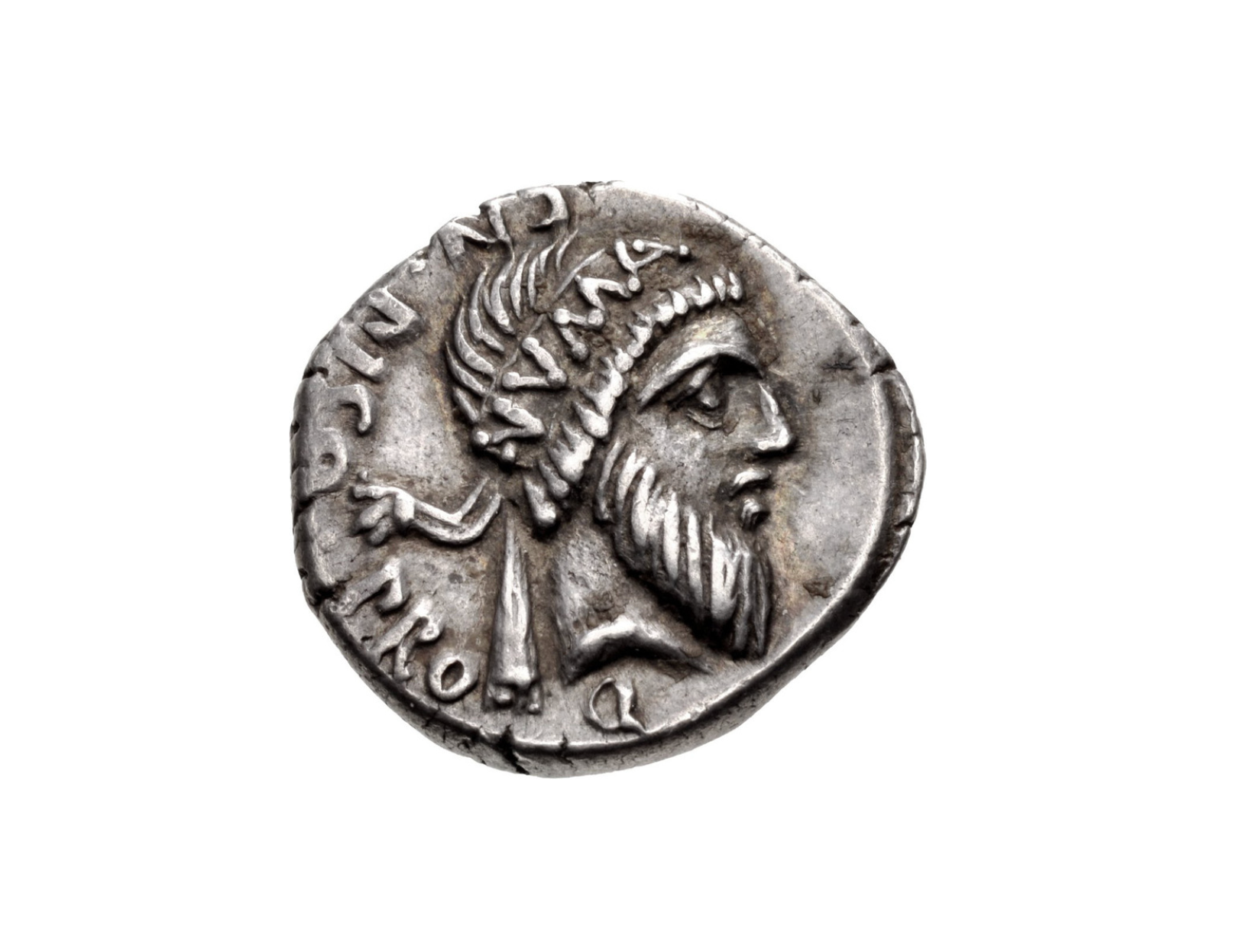Why Does February Has 28 Days? Partially Because of an Old Superstition
Published Feb. 28 2022, 11:19 p.m. ET

February is a month that carries all kinds of significance, from Valentine's Day to Black History Month. But the month is also unique in its own way, as the shortest of the year.
Why does February have 28 days? Keep reading to learn more about the strange month!
Why does February have 28 days?
The reason February only has 28 days has to do with a combination of ancient superstition and what was necessary for accurate timekeeping. According to Britannica, the first Roman calendar had a total of 10 months. Six of those months had 30 days and four of them had 31. In total, that added up to 304 days per year.
Eventually, the Roman King Numa Pompilius added January and February to the calendar so that it would be in sync with the lunisolar calendar. According to Time and Date, the lunisolar calendar follows both the sun's longitude and the moon's phases. However, a Roman superstition at the time had it that even numbers were unlucky, so King Numa Pompilius tried to get rid of as many from the calendar as he could.
He shaved off one day from the six months with 30, so that each month would be either 29 or 31 days long.
Unfortunately for the king, his plan backfired because the change meant that his calendar would have a total of 354 days — a supposedly unlucky even number. The only way to fix the problem would be for one month to have an even number of days. King Numa Popilius decided on February, which, as Britannica writes, "would be host to Roman rituals honoring the dead, as the unlucky month to consist of 28 days."
Despite the fact that we use the Gregorian calendar now, which has seen many changes since the Roman calendar days (one of which is leap day), February has remained the shortest month.
Why is the leap day added to February?
But February isn't just the shortest month; it's also the only one whose number of days changes depending on the year. Every four years, on leap years, one extra day is added to the calendar and February is extended to 29 days. Why?
We know that the Earth technically takes 365-and-a-quarter days to make its journey around the sun. That's why leap days are important; they allow the calendar to be as accurate as possible. CBS Local Minnesota spoke to Ben Gold, a professor of astronomy and physics at Hamline University who said that Julius Caesar was the one who called for this big change.

According to History, Julius Caesar loved the Egyptian solar calendar. It had 365 days and an extra month occasionally added in whenever "astronomers observed the correct conditions in the stars." Instead of being so dependent on the stars, Caesar decided to add a leap day every fourth year. The extra day was added to February.
Later, in 1582, Pope Gregory XIII created the Gregorian calendar. That's when February 29, or the leap day Caesar had added in 45 BCE, was made into an official date.
